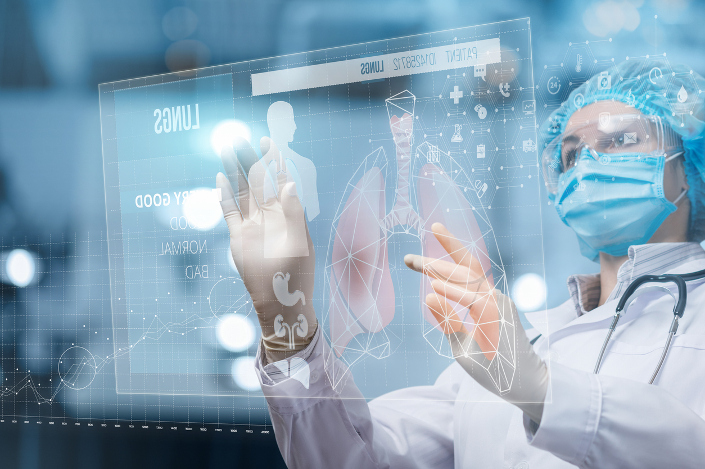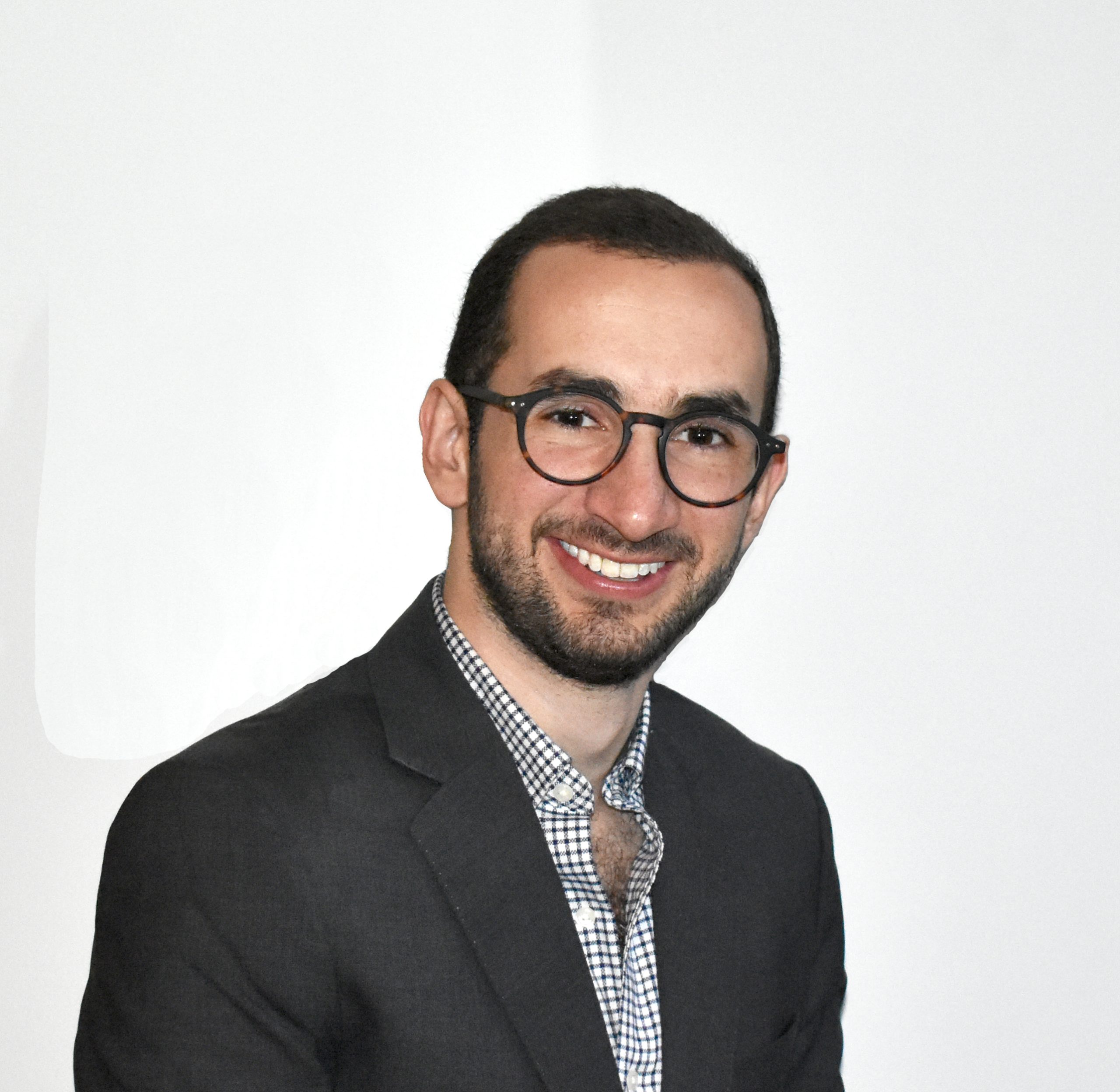Transformation of the health system using “Digital Twins”
by Tarek Milla, April 20, 2022

The extended use of the IoT (Internet of Things) in all areas of life, as well as the growth and continuous improvement of Artificial Intelligence (AI) is generating an increasing interest in the development of virtual worlds and, within those, digital twins, which are virtual replicas of an object or system in the physical world.
These virtual twins are updated with real-time data, and use simulation, machine learning, and logic to help in decision-making. In health systems, digital twins are used to construct digital representations of health information, like hospital environments, laboratory results, and even human physiology, using computer models.
The development and use of these digital twins in the healthcare environment is providing a promising potential for improvements in the efficiency of health systems, in the management of healthcare processes and procedures, in the ways that patients are cared for, and in the research, development, and improvement of treatments. All this is thanks to the fact that these virtual twins enable technologies to be developed and tested using data before they are developed in real life, making implementation more rapid and economical, as stated in the article “Digital twins: our virtual twin in personalized medicine.”
This enables us to propose a new scenario in personalized medicine as a result of this concept, as these digital clones will enable clinical trials to be carried out on the computer, trying different treatments on the same patient, perfecting and adapting the therapies based on each case. This can be seen in the concept defined by the Swedish Digital Twin Consortium.
Digital twins also offer opportunities in the performance of the healthcare system. They enable the discovery of new areas for improvement and provide personalization of both medicine and diagnosis. As a result, they could prevent and detect disease before the symptoms are evident, test new techniques and procedures, and identify the patients most suitable for clinical trials based on their characteristics and other aspects.
With that in mind, so that this can become a reality, the management of health data and the quality of those data become key aspects, as large quantities of health data are collected in order to create a digital model for simulation and testing. As noted in the publication, “Humanizing Medtech: The dawn of a digital twin” the programming and use of digital twins to offer sound predictions depends fundamentally on a large quantity of diverse data. For that reason, this data packet must be of high quality and constantly updated, so that the digital twin can be used for a constant stream of new simulations.
The use of digital twins forecasts a revolution in clinical processes and hospital management, improving medical care. Digital monitoring, and the advances in modeling of the human body, are tools that help healthcare professionals as they study diseases, new medications, and medical devices. It is evident that the implementation of digital twins in healthcare is only beginning, and their future is almost infinite.
Share

Tarek Milla
Business Development
Persei vivarium
